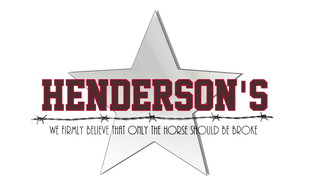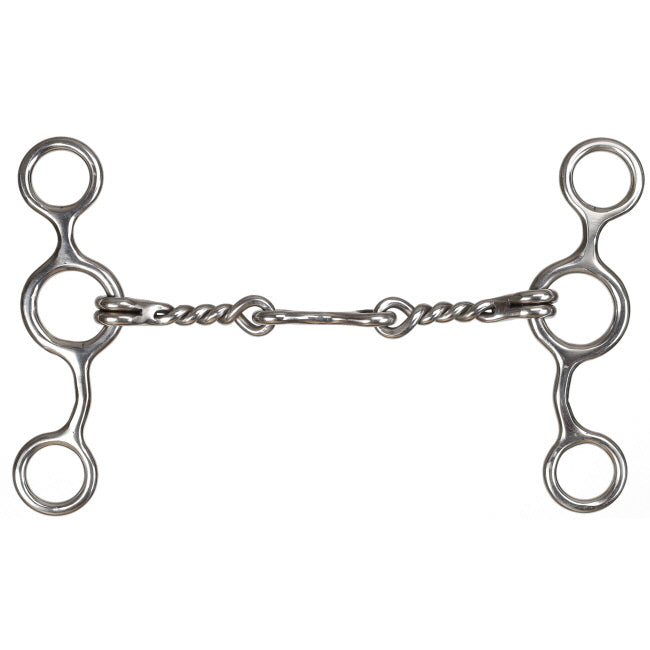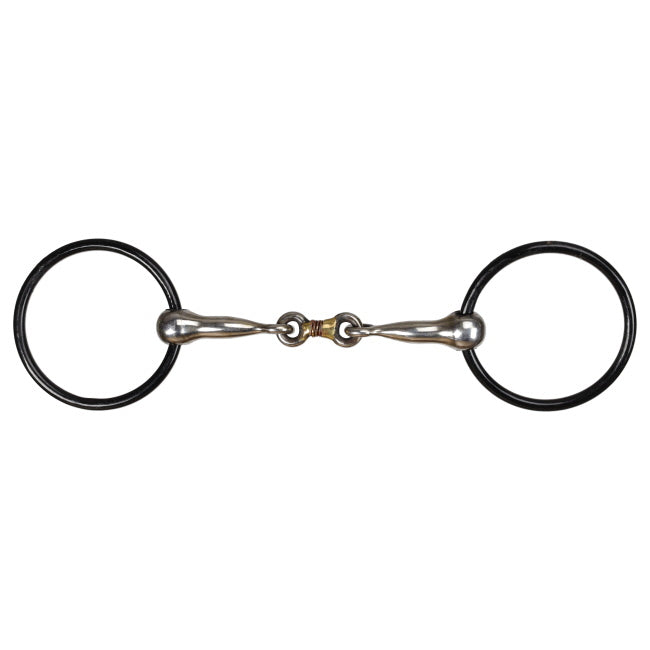Approximately 30% of horse-related injuries are head injuries. We know horseback riding involves a certain amount of risk, but many horseback riders wonder if wearing a helmet is a good idea.
There are many reasons western riders consider going helmetless, including fashion, tradition, lack of safety concerns, or discomfort. Luckily, with many new helmet options for every discipline, style, and fit, riders have more options for staying safe in the saddle.
Accidents can happen to any rider at any level. It doesn’t matter if you are on a bombproof pony or a 3-year-old green horse; unexpected things happen to every rider. Experienced riders are more likely to experience an injury because they are riding at higher speeds with more significant risks in many cases.
Many equestrian centers, competitions, and lesson barns have been mandating helmets in recent years. This is not specific to the United States, either. Many International competitions require properly fastened protective headgear.
What to look for when shopping for a horseback riding helmet?
Aside from style, fit, and cost, make sure any helmet you purchase has a safety certification. This safety certification ensures the helmet was inspected and approved by an outside organization. There are many safety certifications, including ASTM/SEI, PAS, AS/NZ, and CE. The United States primarily uses ASTM/SEI certification, but if you are located in another country, you may see other certifications.
How long are horseback riding helmets good for?
 Helmets can be expensive, so keeping the same helmet forever may be tempting. While helmets last a while, your helmet should be replaced every five years or after a fall. Why every five years? The helmet structure and materials will deteriorate over time, reducing the level of protection provided by the helmet. Cleaning products, hair products, sun, heat, and cold will break down the lining and padding of the helmet, so it’s best to replace your helmet based on the manufacturer's guidelines.
Helmets can be expensive, so keeping the same helmet forever may be tempting. While helmets last a while, your helmet should be replaced every five years or after a fall. Why every five years? The helmet structure and materials will deteriorate over time, reducing the level of protection provided by the helmet. Cleaning products, hair products, sun, heat, and cold will break down the lining and padding of the helmet, so it’s best to replace your helmet based on the manufacturer's guidelines.
You might also be tempted to keep your helmet after a fall if it “looks ok.” However, any impact to the helmet will compress the foam or padding, which means less protection should you have another fall. Best to be safe and replace your helmet after a fall.
Helmets and Western Riding
Many western riders choose to wear cowboy hats or baseball caps rather than helmets, but there has been a shift in the western world towards better helmet safety. Companies like Troxel and Resistol are now making western-style protective helmets specifically for western pleasure and rodeo events. These helmets look like traditional cowboy hats but provide head protection if you fall.
How to pick the correct helmet?
There are many, many options for horseback riding helmets. Henderson’s Tack Shop can help measure you for the correct size helmet and select a style to fit your needs. We offer a variety of helmets for every budget, style, and fit. Check out our helmet page to see our current helmet offerings!







